Microbiology
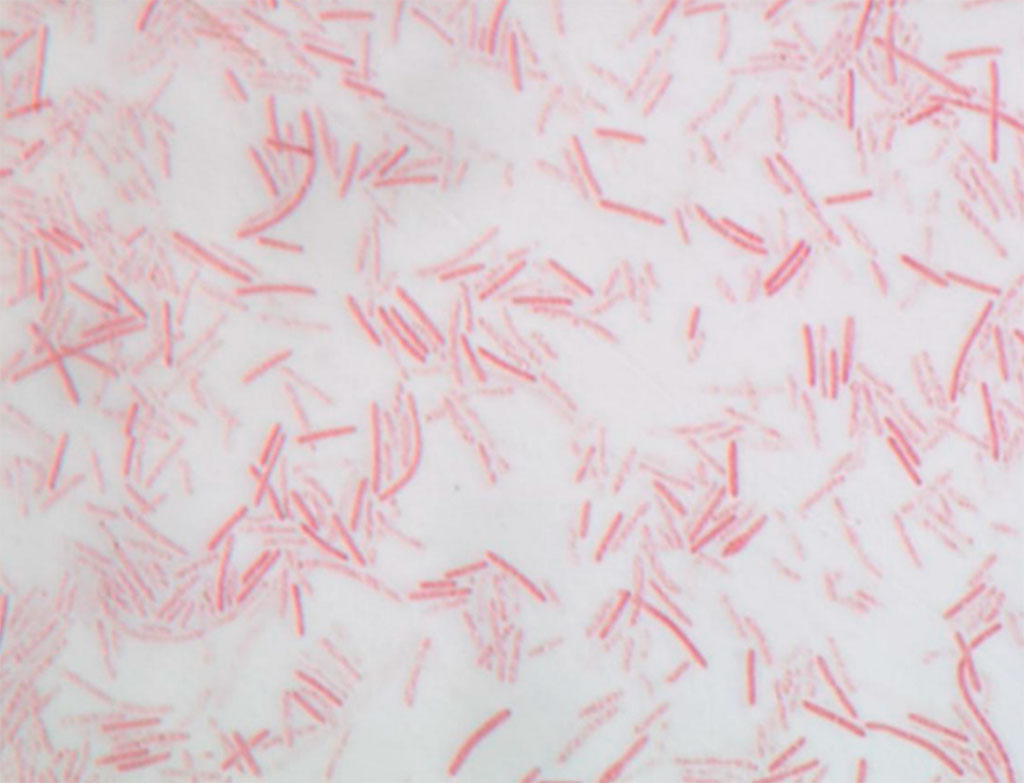
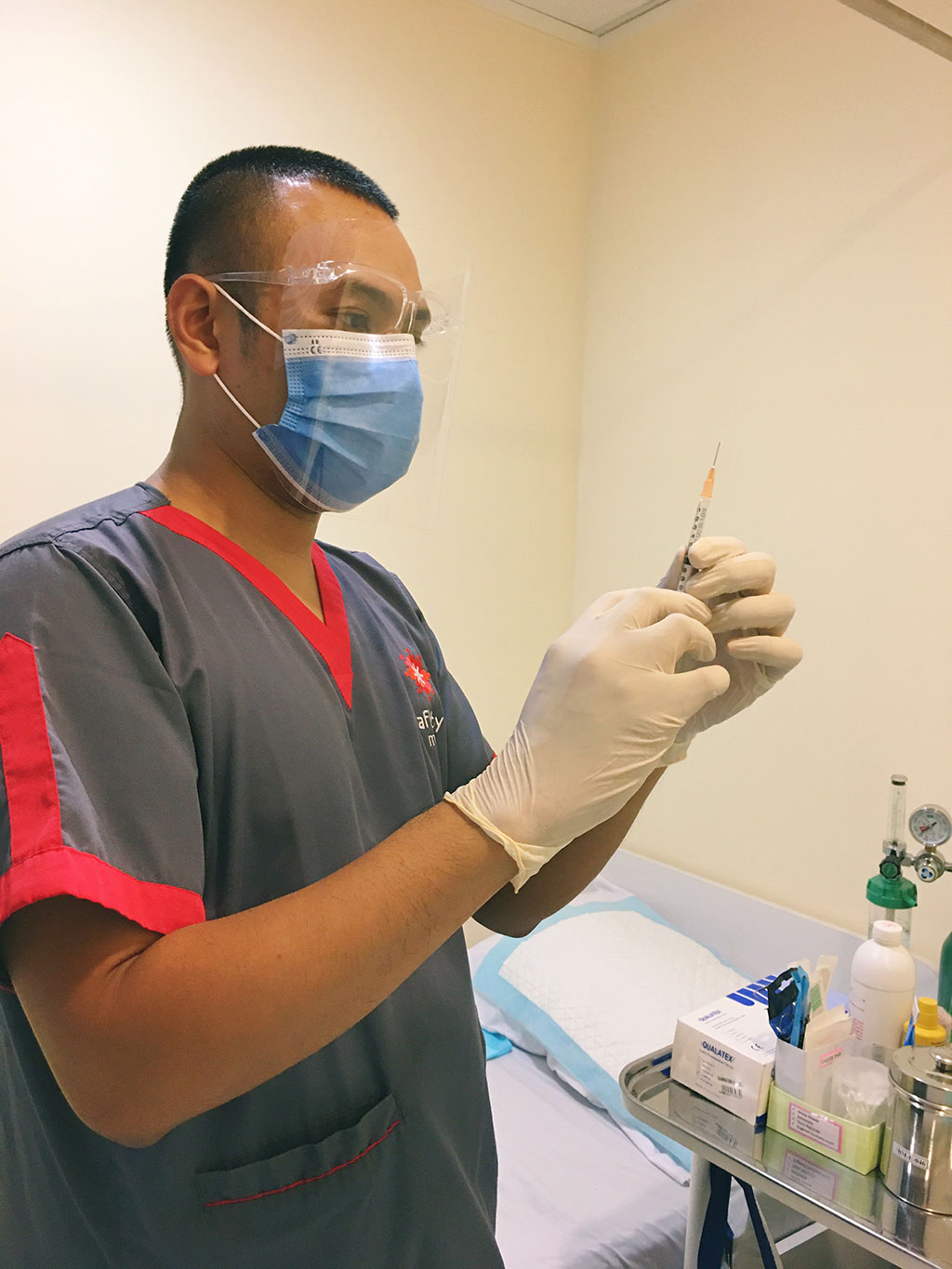
Unified Approach Could Prevent Unnecessary Blood Tests in PICU without Increasing Sepsis Risk
Researchers have developed and demonstrated the safety of a decision support program that appears to substantially reduce the number of blood draws in the PICU, and is likely to reduce antibiotic prescriptions without increasing the risk of sepsis. More...03 May 2022
Urinary Microbiome Linked to Prostate Cancer Risk
Prostate cancer is the most common non-skin malignancy in men in developed countries, with over 250,000 deaths annually worldwide. The clinical course of prostate cancer is highly heterogeneous, and critical decisions are made about the likelihood of aggressive disease based on information obtained at presentation. More...02 May 2022
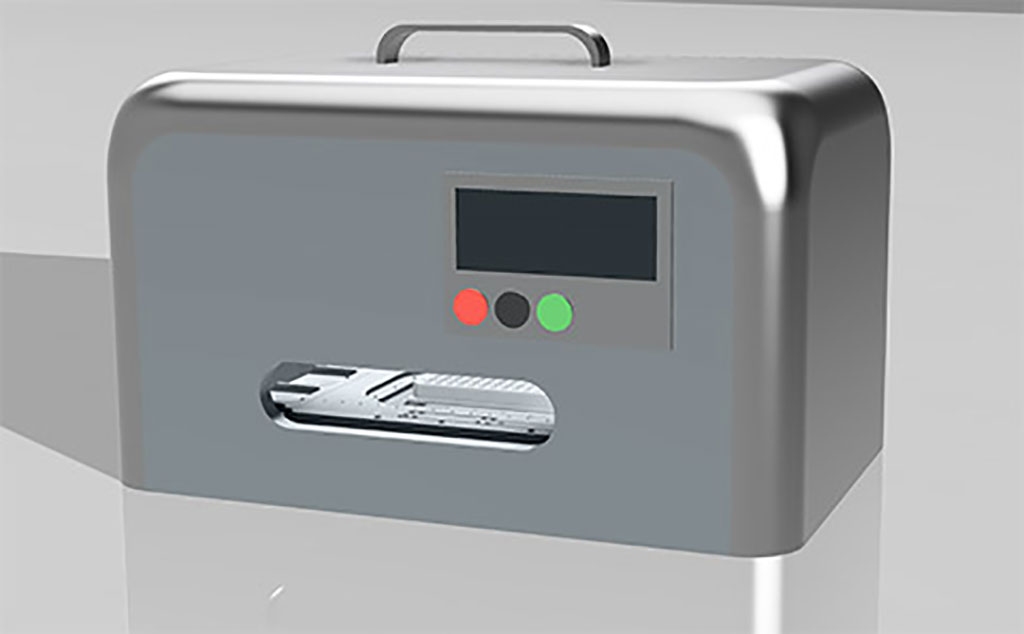
New Raman Spectroscopy-Based Method Detects Infections in Cystic Fibrosis Patients in Minutes
Researchers have developed a new chemical analysis technique called multi-excitation Raman spectroscopy that has the potential to detect infections in cystic fibrosis patients in minutes rather than days. More...02 May 2022
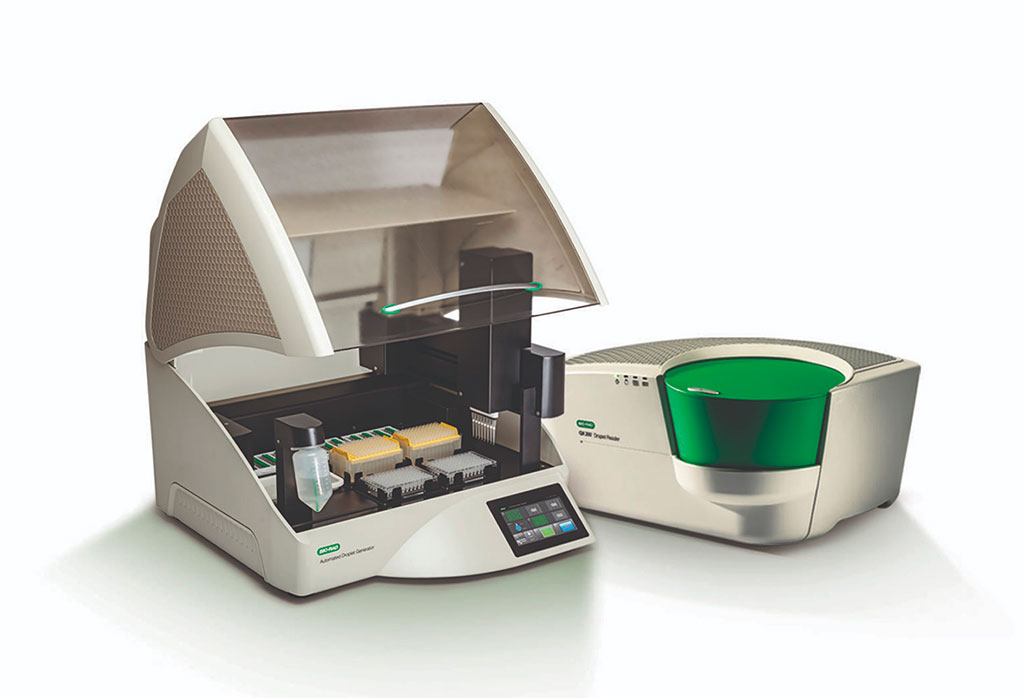
Duplex ddPCR Assay Evaluated for Salmonella and Shigella
Bacteria of the genus Salmonella and Shigella are important pathogens of infectious diarrhea. Salmonellosis was the second most commonly reported gastrointestinal infection in humans in the European Union in 2018. Shigella spp was the second leading cause of mortality caused by diarrhea among all ages in 2016 globally, accounting for 212,438 deaths. More...28 Apr 2022
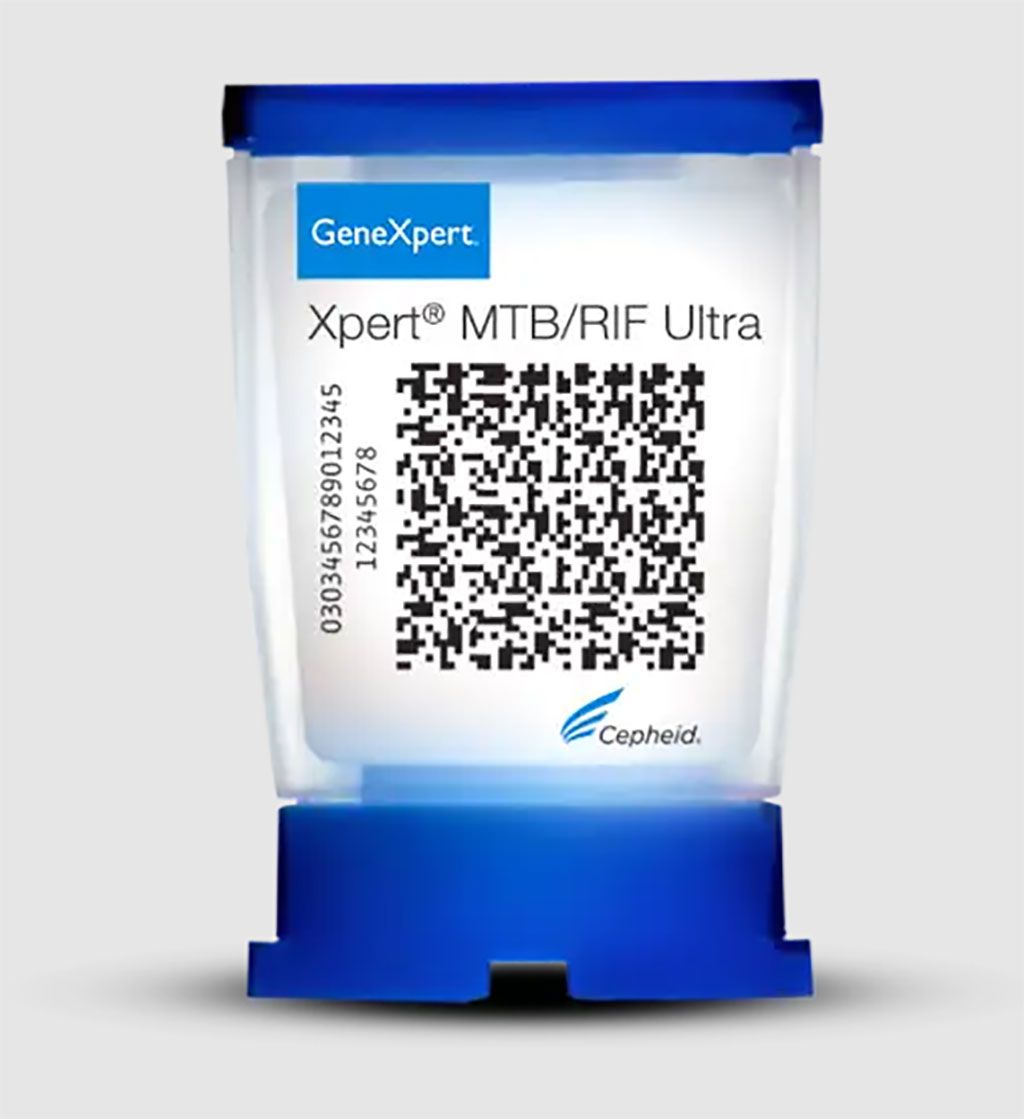
Xpert Ultra Nasopharyngeal Swab Assessed for Identification of Tuberculosis Deaths
Post-mortem studies have confirmed a high prevalence of tuberculosis (TB) at autopsy in sub-Saharan Africa (sSA), in up to 43% in HIV-positive adults, and more than 30% of adults dying at home with unknown cause of death. More...21 Apr 2022

Lateral Flow Immunoassay Developed for Detecting Yersinia Pestis
Yersinia pestis is the causative agent of plague, a zoonosis associated with small mammals. Plague is a severe disease, especially in the pneumonic and septicemic forms, where fatality rates approach 100% if left untreated. More...07 Apr 2022
In Other News
Blood Test Identifies Stillbirth, Placentitis in Women with COVID-19
Automated Systems Compared for Vancomycin MIC Values for MRSA Bacteremia
Double-antigen Sandwich ELISA Detects Antibodies to Trypanosoma cruzi
Albumin-Related Ratios Investigated in HBV-Associated Decompensated Cirrhosis
Expression, Microbiome Features Provide Pre-Treatment Lung Function Clues for Pediatric Patients (Science Translational Medicine University of California at San Francisco
Enzyme Immunoassays Developed for Serodiagnosis of Human Leptospirosis
Fecal Microbiome Signature Predicts Pancreatic Cancer Risk
Diagnostic Biomarker Predicts Risk of Opisthorchiasis Cholangiocarcinoma
Paper-Based Portable Diagnostic Platform Accurately Detects Mosquito-Borne Diseases Under Field Conditions
Repeatability And Reproducibility of a Handheld Quantitative G6PD Diagnostic
C. Difficile Colonization Among Children in Resource-Limited Settings
Microbiome and Metabolome Features Characterized for the Cardiometabolic Disease Spectrum
P-O-C Assay Detects Respiratory Syncytial Virus in Older Adults
New Pathogen Detection Assay Pairs Molecular Inversion Probes, Next-Generation Sequencing
Chromosomally Normal Miscarriage Is Associated With Vaginal Dysbiosis
Rapid COVID Test Developed Solves Problems With LAMP Sensitivity
Intestinal Microbiota Determines the Risk of MDRO Acquisition
Qiagen’s New Generation of QuantiFERON TB Test Gains Chinese Approval and Renewed WHO Recommendation
ABO Blood Group Related to Specific Immune Response to Anti-SARS-CoV-2
MALDI-TOF Can Predict Antimicrobial Resistance in Clinical Samples
MCDA-LFB Assay Developed for Rapid Detection of Legionnaires’ Disease
Commercial RT-PCR Tests Compared to Culture for Bacterial Gastroenteritis
BD Introduces Smart Connected Robotics to Automate Microbial Identification
The LabMedica Microbiology channel provides the latest news in the fields of epidemiology, bacteriology, virology, and parasitology, all viewed from the unique perspective of Laboratory Medicine.










